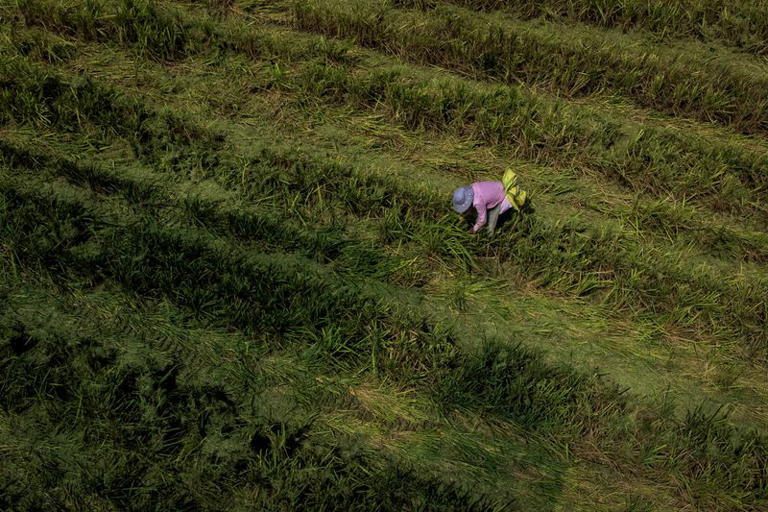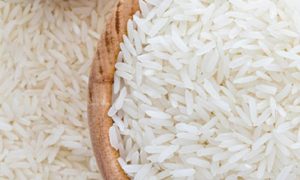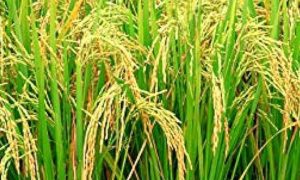India to produce more rice this year despite heavy rains, minister says

India’s rice production is expected to surpass last year’s levels despite heavy rains and flooding in some regions, Agricultural Minister Shivraj Singh Chouhan announced. The increase is attributed to higher planting this year. With ample monsoon rains and rising inventories, India may ease export restrictions on non-basmati rice, potentially boosting global rice exports. The removal of the floor price for basmati rice aims to support the export market as the new crop approaches.
NEW DELHI (Reuters) – India’s rice production this year will be higher than last year despite heavy rains and flooding in some states, Agricultural Minister Shivraj Singh Chouhan said on Thursday.
The country is also considering easing curbs on non-basmati rice exports as inventories in the world’s biggest exporter of the grain surge and farmers are set to harvest a new crop in the coming weeks.
India imposed a series of curbs on overseas shipments of different grades in 2023 to ensure sufficient supplies for the country’s 1.4 billion people and to keep local prices in check.
Last year, the El Nino weather pattern curtailed rains in the country, which relies on the June-to-September monsoon for watering nearly half of its farmland that lacks irrigation.
After a weak start in June, monsoon rains have been plentiful this year, with rains 7.6% above average so far in the four-month season.
However, heavy and persistent rains in some parts of the country have triggered flooding, causing concerns about some yield loss in this year’s rice crop.
“Our overall rice production will be more than last year despite flooding because rice planting is higher this year,” Minister Chouhan said when asked whether an intense spell of rains and flooding would hit the crop nearly ready for harvesting.
“The problem of flooding is not widespread, and only some areas in just a few states have seen floods,” he said.
Chouhan said he recently visited some flood-hit states.
Higher rice output will encourage India to allow exports of non-basmati white rice.
Before the 2023 export restrictions, India accounted for more than 40% of global rice exports.
Rice is a staple for more than 3 billion people, and nearly 90% of the water-intensive crop is produced in Asia.
India on Friday removed a floor price for basmati rice exports just weeks ahead of the arrival of the new-season crop.
















